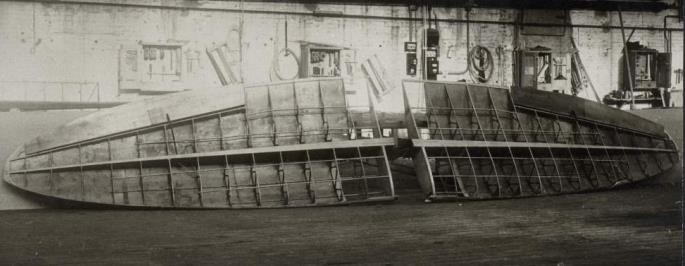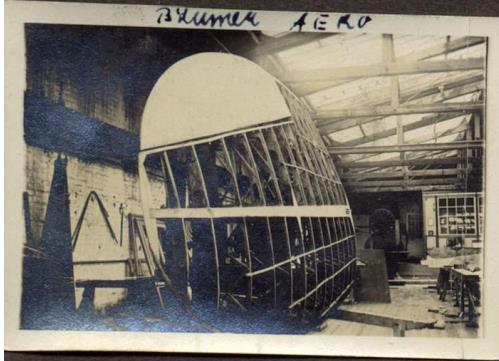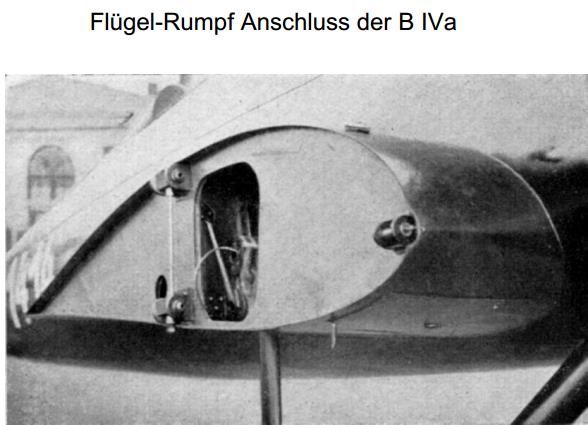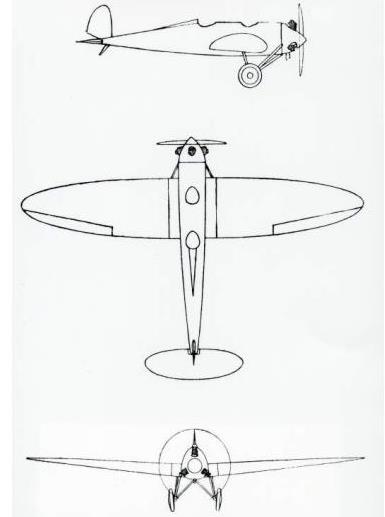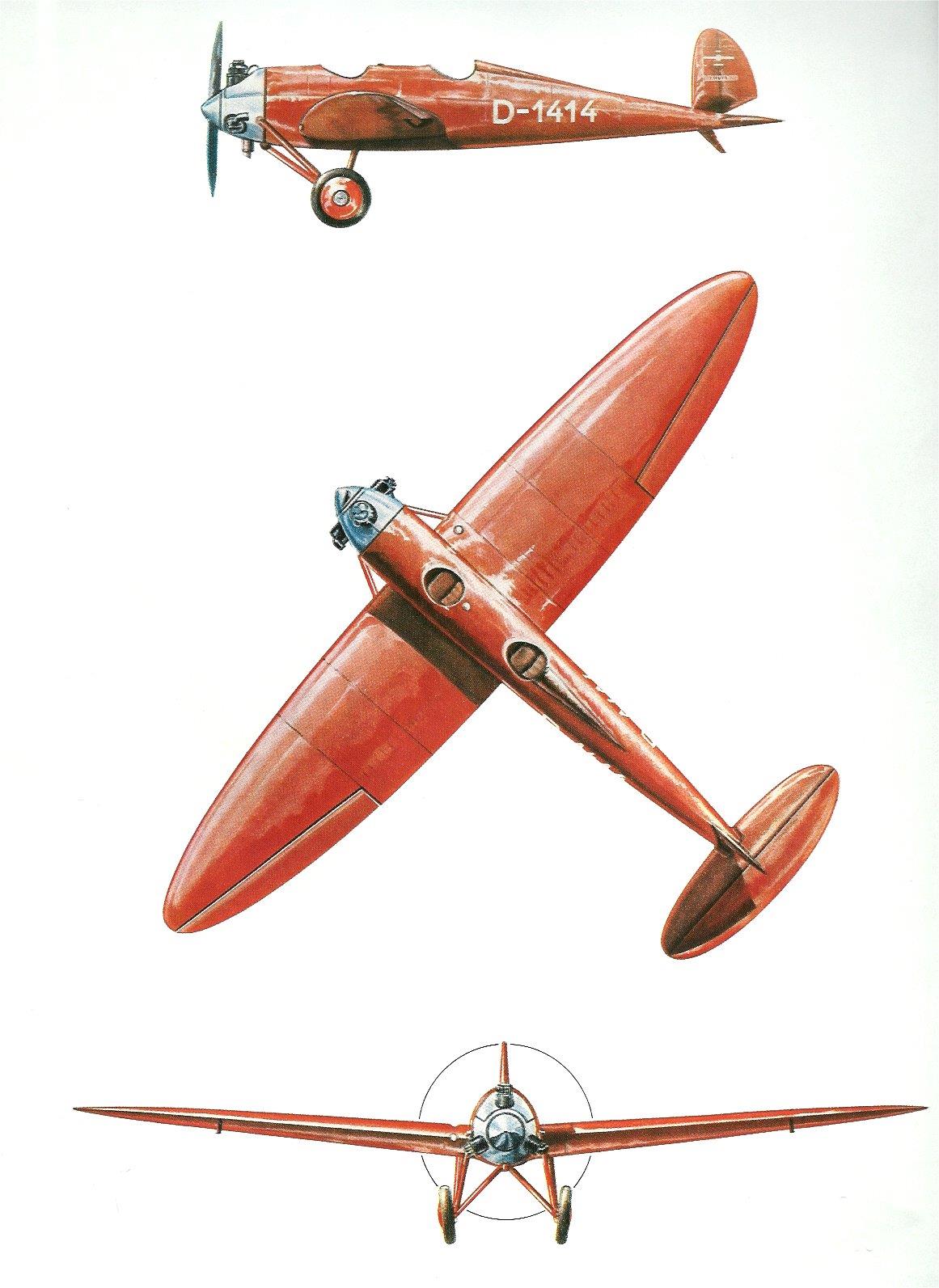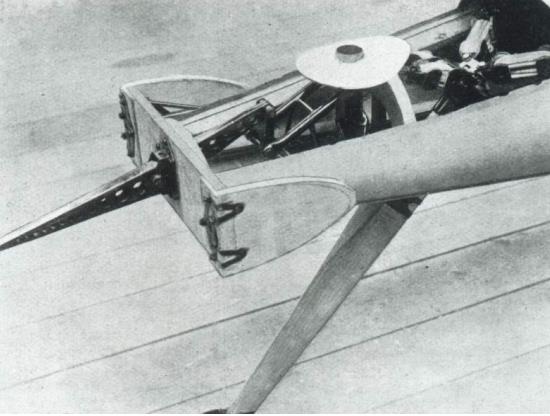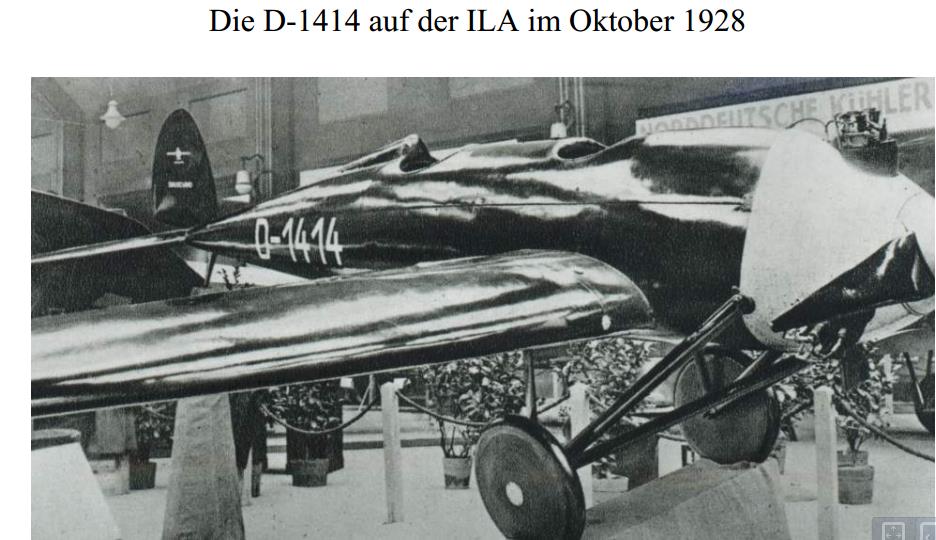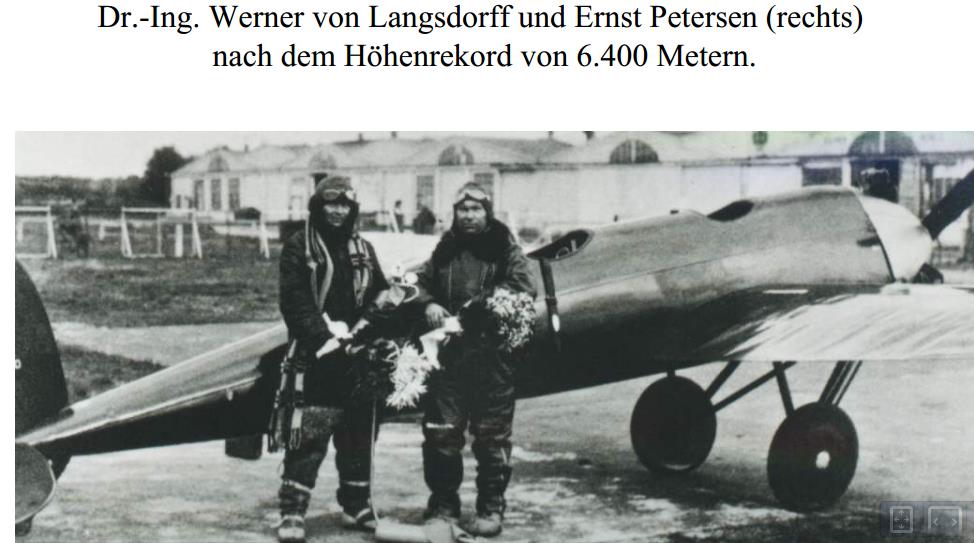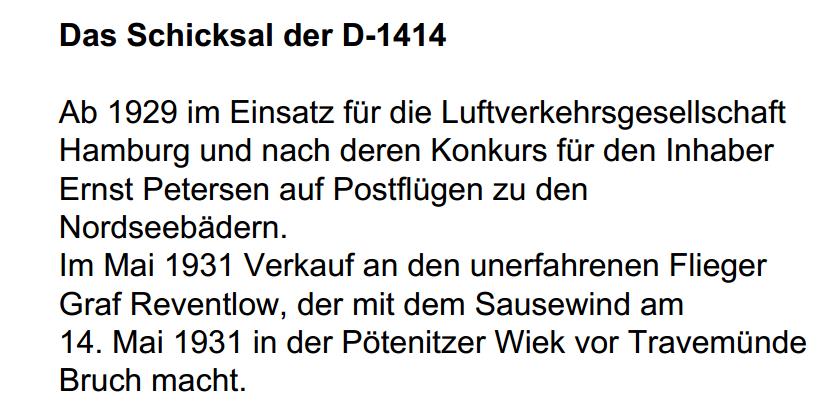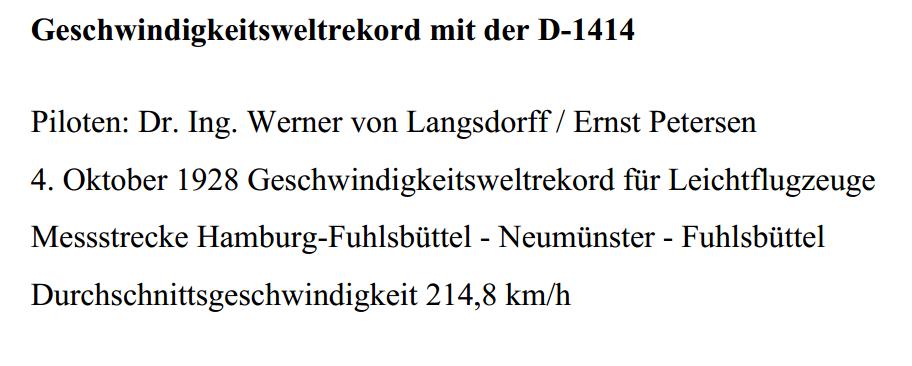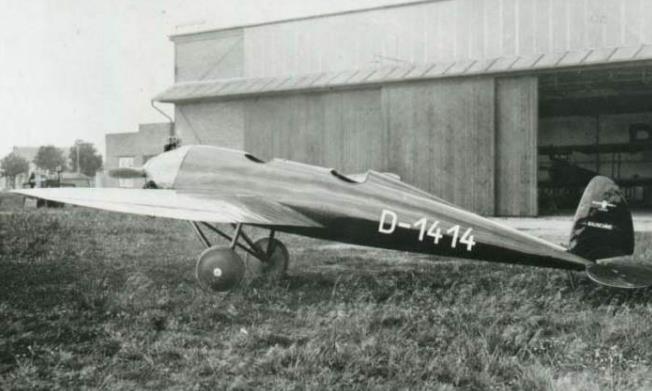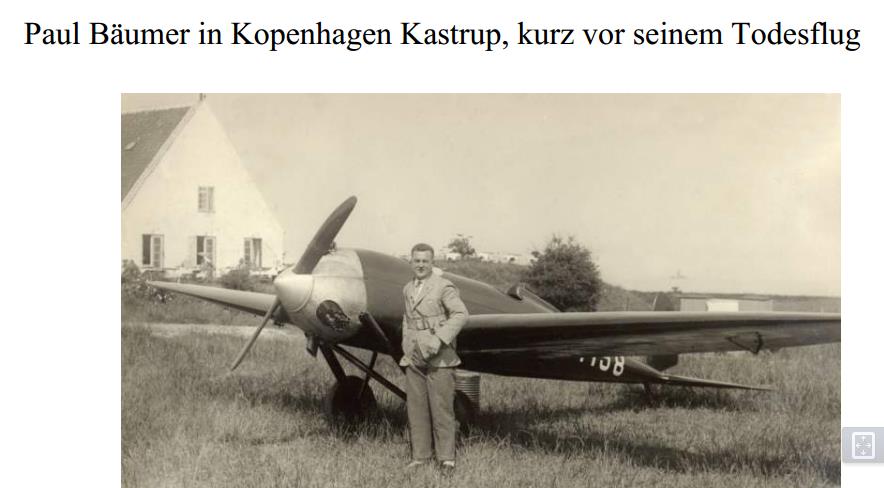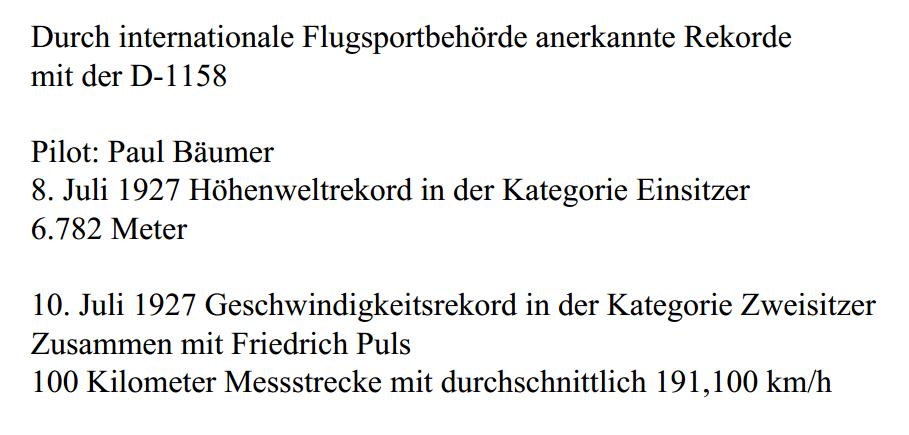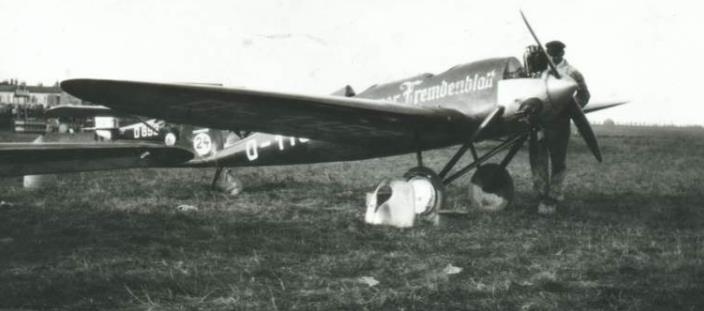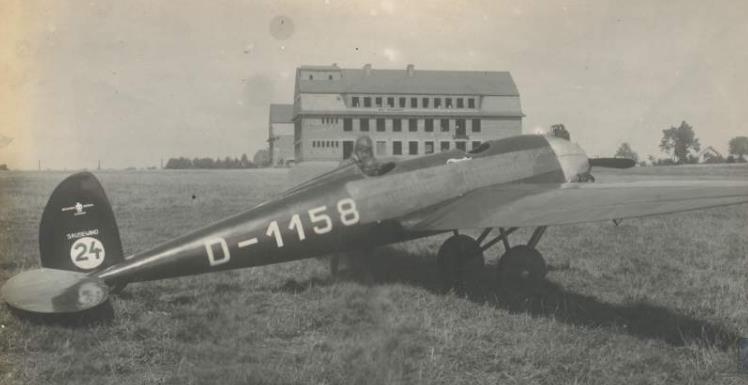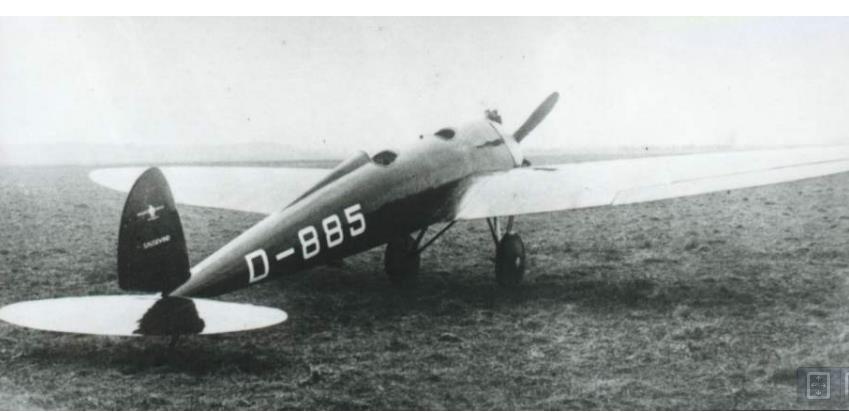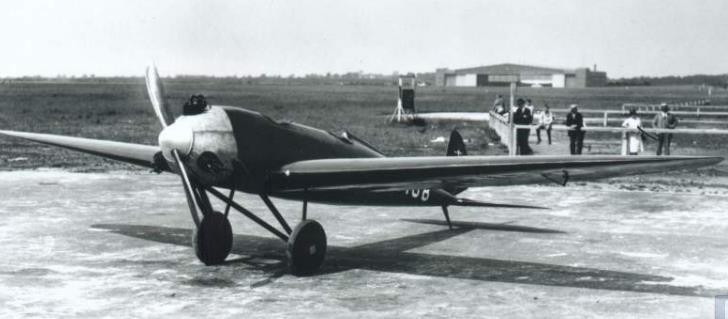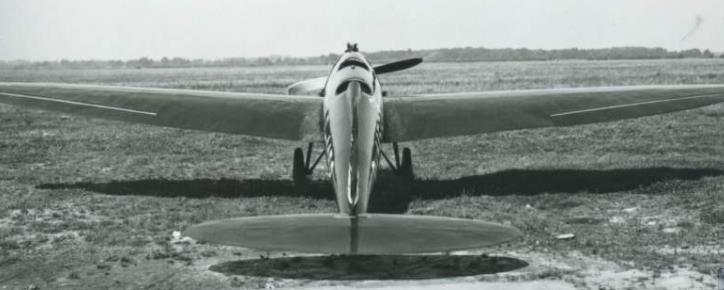| Type |
B IV 2-seated sportplane developed from B II |
B IVa 2-seated sportplane developed for record attempts |
| Engine |
1 Wright L4 |
| Dimensions |
Length 6.25 m, span 9.15 m, wing area 11.20 m2, aspect ratio 7.5 |
Length 6,25 m m , height , span 9,00 m m , wing area 11,00 m2, aspect ratio 7,25 , |
| Weights |
Empty 300 kg, fuel 106 kg, oil 4 kg, crew 150 kg, luggage 15 kg, load 275 kg, flying weight 575 kg, wing loading 51.43 kg/m2 |
Empty 295 kg, fuel 106 kg, oil 4 4 kg, crew 150 kg, luggage 45 kg, load 305 kg, flying weight 600 kg, wing loading 54 kg/m2 |
| Performance |
Max. speed 211 km/h, cruising speed 180 km/h, climb to 1000 m 6 min., , ., service ceiling 6780 m, range 1000 km, landing speed 85 km/h |
Max. speed 215 km/h, cruising speed 180 km/h, service ceiling 7000 m,climb to 1000 m 4,5 min range 1200 km, max. range 2000 km, landing speed 80 km/h |
